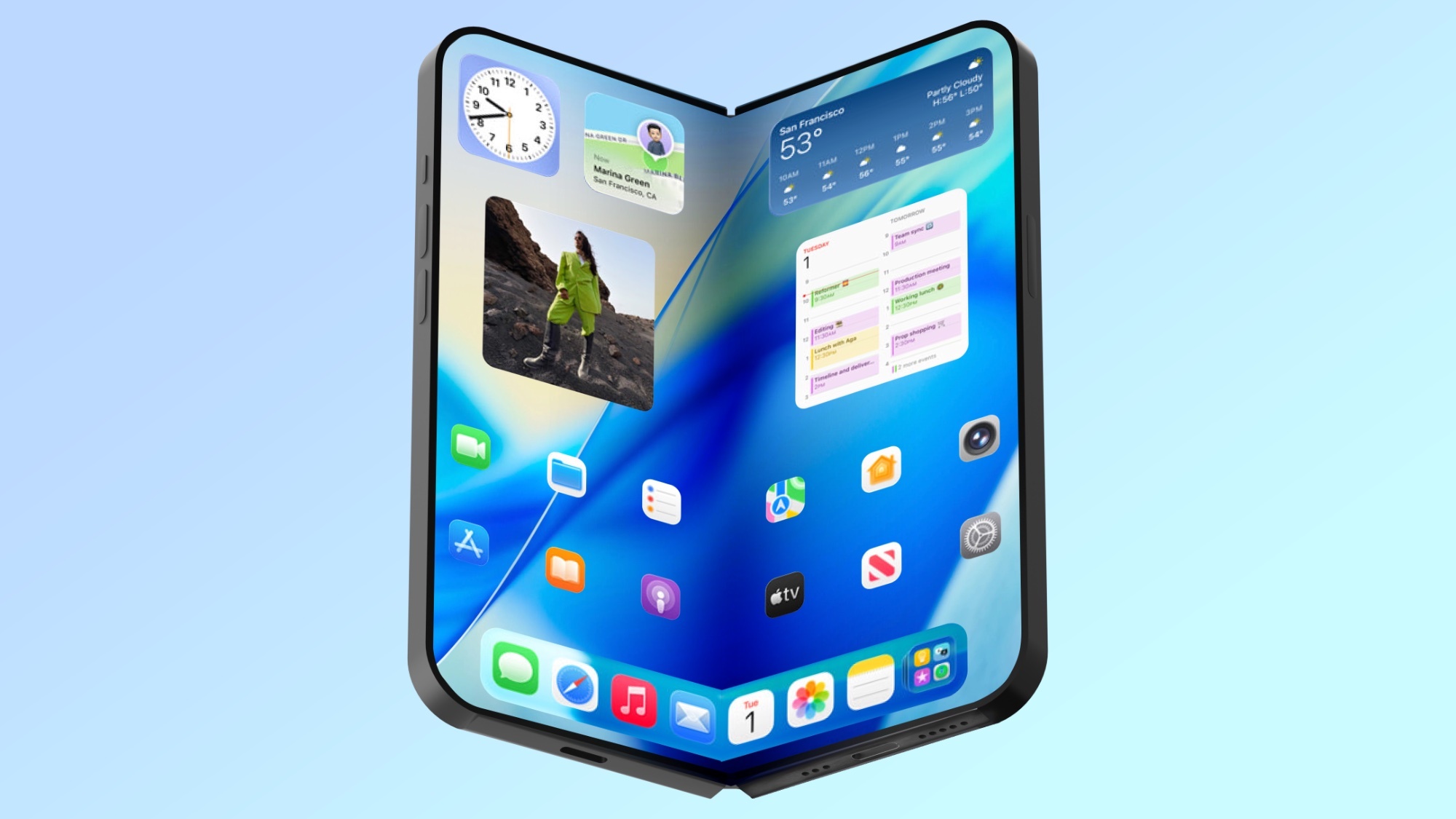This Handy Grip Gives Your iPhone DSLR-Like Controls
If you're looking for better controls while you're out snapping pics, the Pictar grip could offer a super simple solution that will make an iPhone feel like a DSLR.
The cameras on our phones are fantastic shooters, especially if you have something like the iPhone 7 Plus. Controls on those camera phones are another story, as they often leave you tapping the screen in frustration, or looking for settings that just aren’t there. That’s where the Pictar comes in. It combines a spring-loaded grip with a free app to transform an iPhone into something that feels like a DSLR.
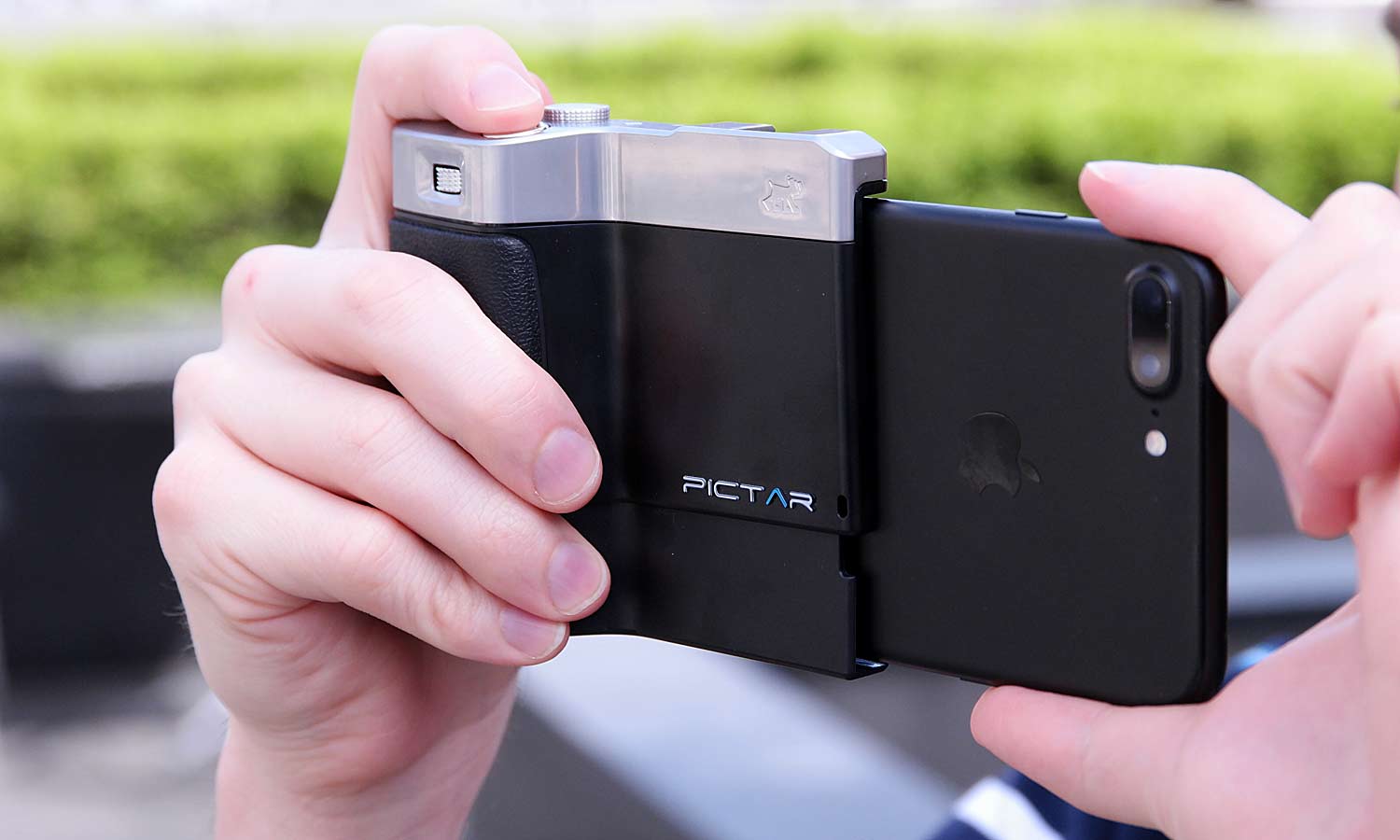
Available today (May 17) in two sizes that work on both standard-sized iPhones for $100 or the bigger Plus models for $110, the Pictar sports three dials for adjusting settings such as zoom, mode, shutter/exposure compensation along with a true two-step shutter button. That means just like on a real camera, you can press halfway down to focus, then down a bit more to snap the pic.
MORE: Best iPhone Lenses, Lens Kits and Camera Cases
There’s also a padded grip to make sure your phone won’t slip out of your hands, a cold shoe on top for attaching things like an external flash and a standard tripod mount on bottom. Because the Pictar communicates with your phone using ultrasonic audio cues instead of Bluetooth or Wi-Fi, the Pictar's battery should last 4 to 6 months on a charge, according to Miggo, the company that makes the phone add-on.
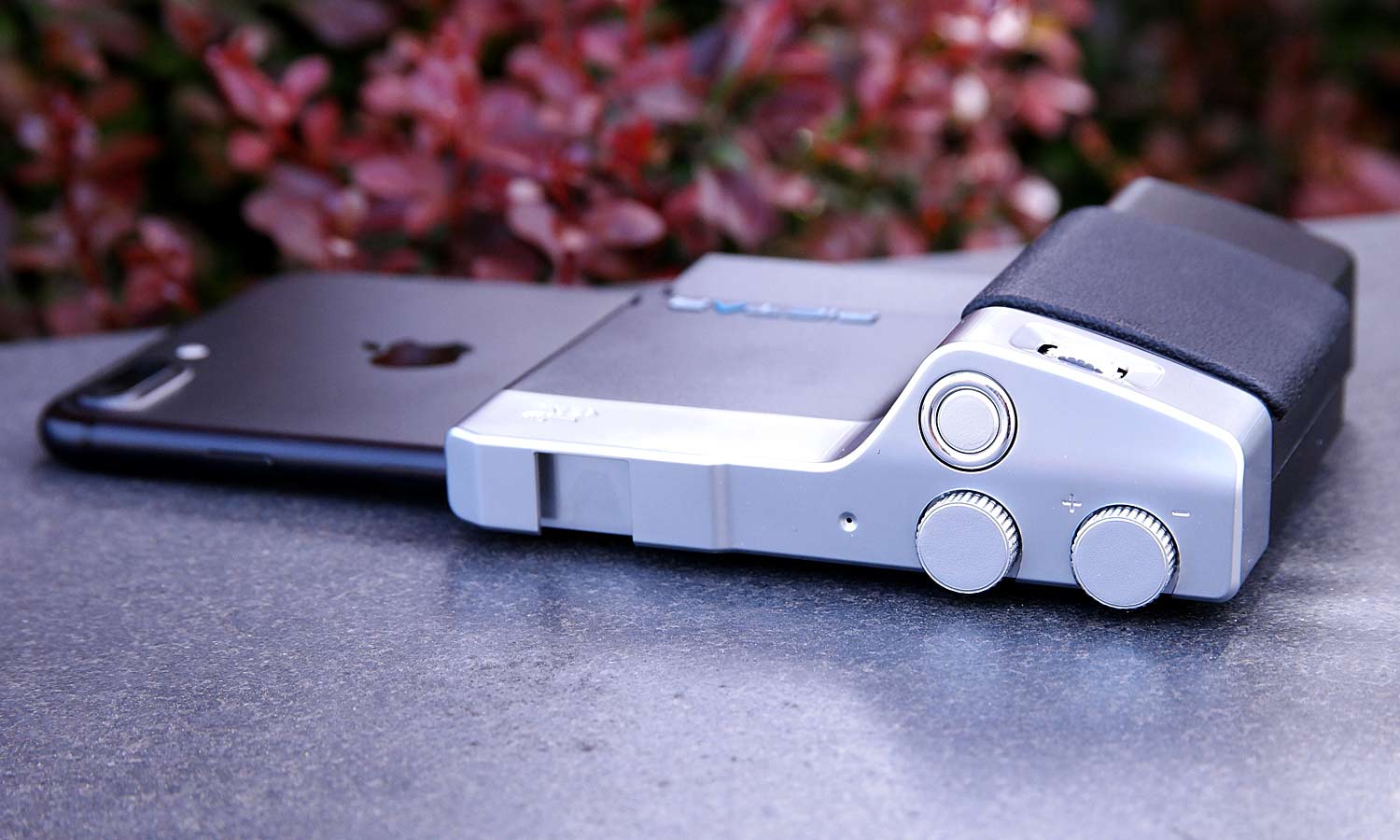
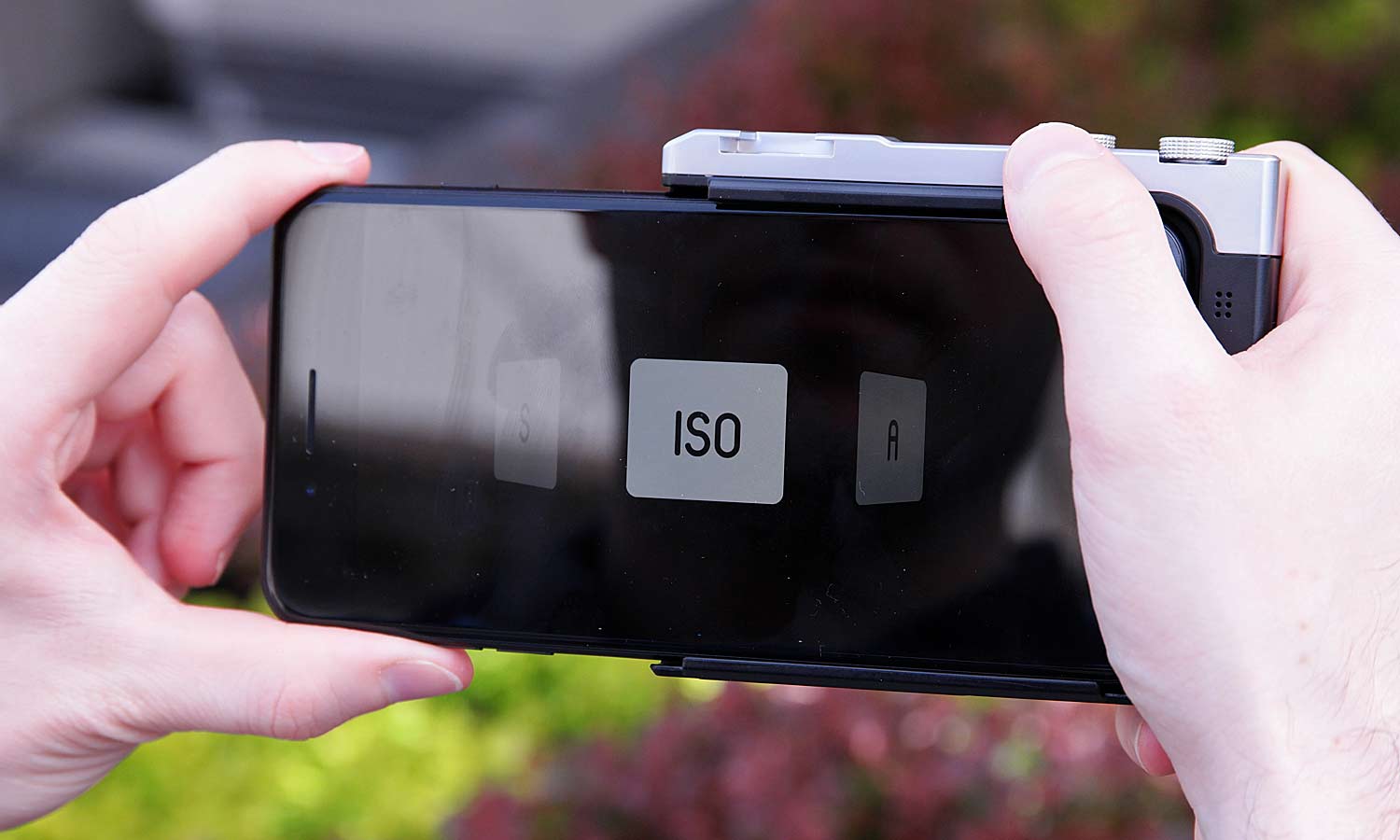
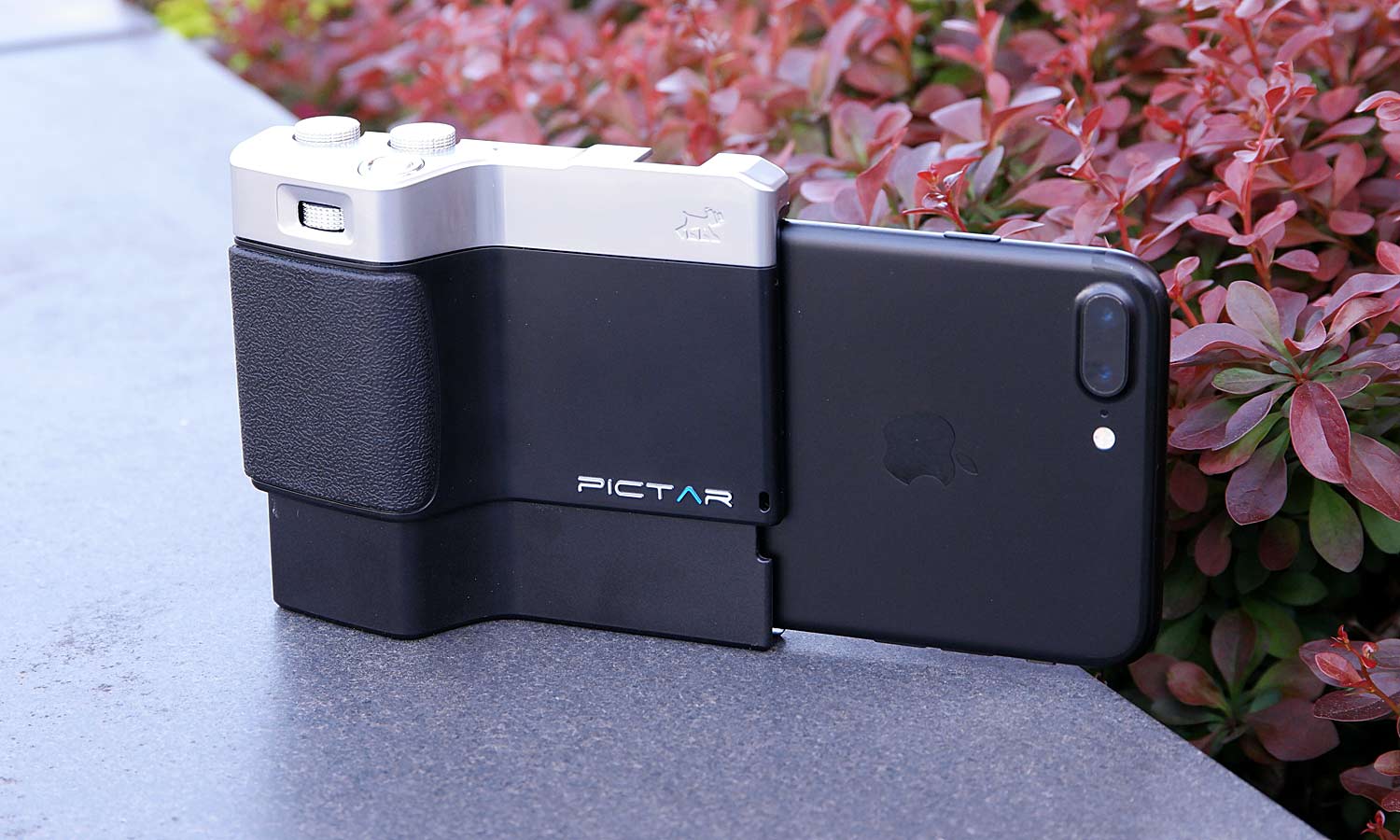
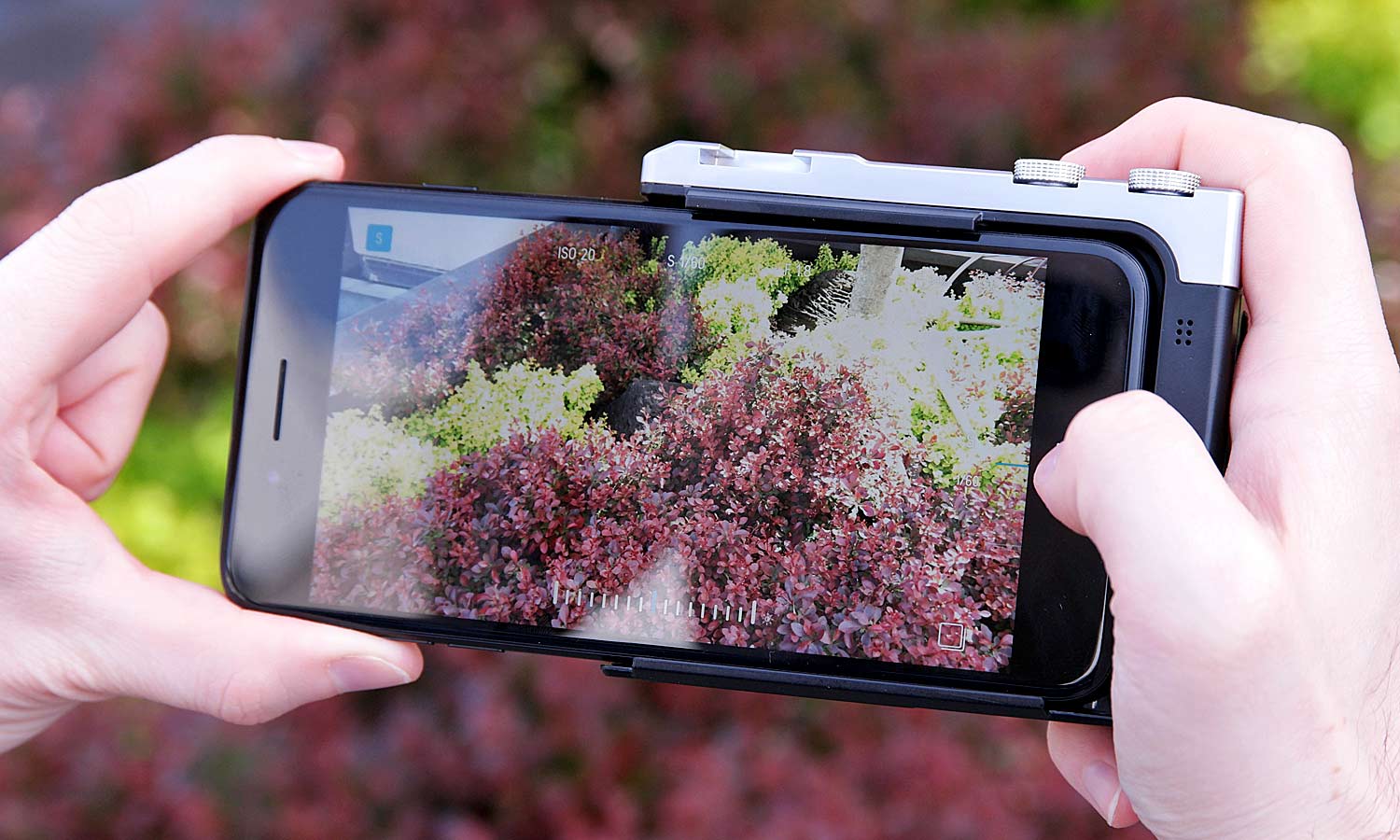
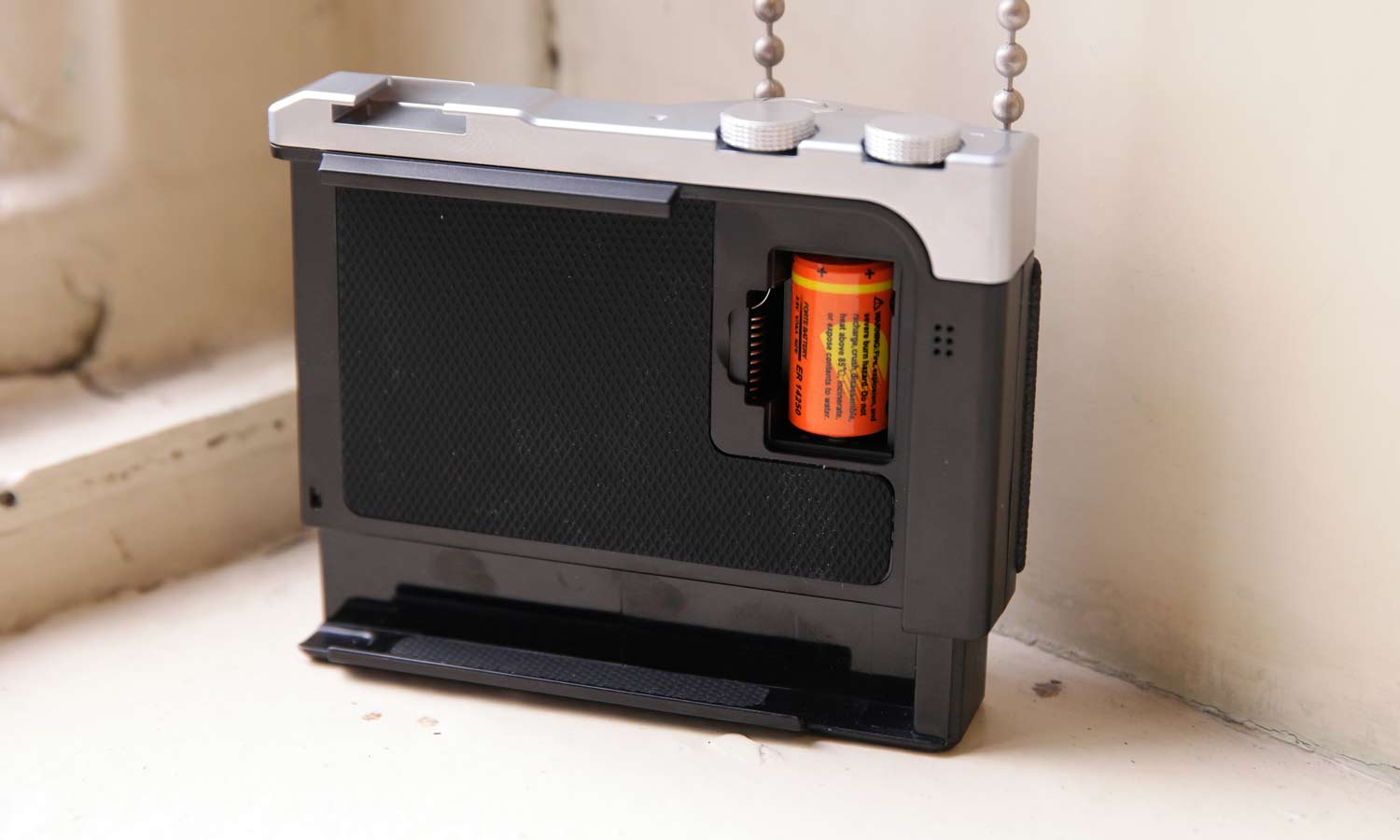
Having gone hands-on with the Pictar, I found setup to be dead simple, too. Just slip your phone in the cradle, launch the Pictar camera app (available for free in the App Store) and off you go. For me, the best thing about the Pictar is that there’s a full manual mode — something that’s not available with Apple’s default camera app. I also find the virtual dial built into the left side of the screen super handy, as it adds one easy-to-reach location for adjusting settings.
Even though this is a third-party app, you won’t lose the ability to capture Live Photos while you’re out shooting. Available modes include landscape, action, manual, shutter priority, ISO, auto, selfie, video and more.
Weighing less than 3 ounces, the Pictar is light enough to toss in a bag without it weighing you down. An included carrying case helps you easily keep it safe while not in use.
Get instant access to breaking news, the hottest reviews, great deals and helpful tips.
I have one minor complaint with the Pictar: I wish the dials felt a bit more precise, as they don’t have the full tactile feedback that you’d get from a jog wheel on a Canon or Nikon camera. However, considering this is a grip that costs a fraction of the price of even the cheapest DSLRs, it’s definitely not something I’d consider a deal breaker.
Photo credits: Tom's Guide/Sam Rutherford
Sam is a Senior Writer at Engadget and previously worked at Gizmodo as a Senior Reporter. Before that, he worked at Tom's Guide and Laptop Mag as a Staff Writer and Senior Product Review Analyst, overseeing benchmarks and testing for countless product reviews. He was also an archery instructor and a penguin trainer too (really).
